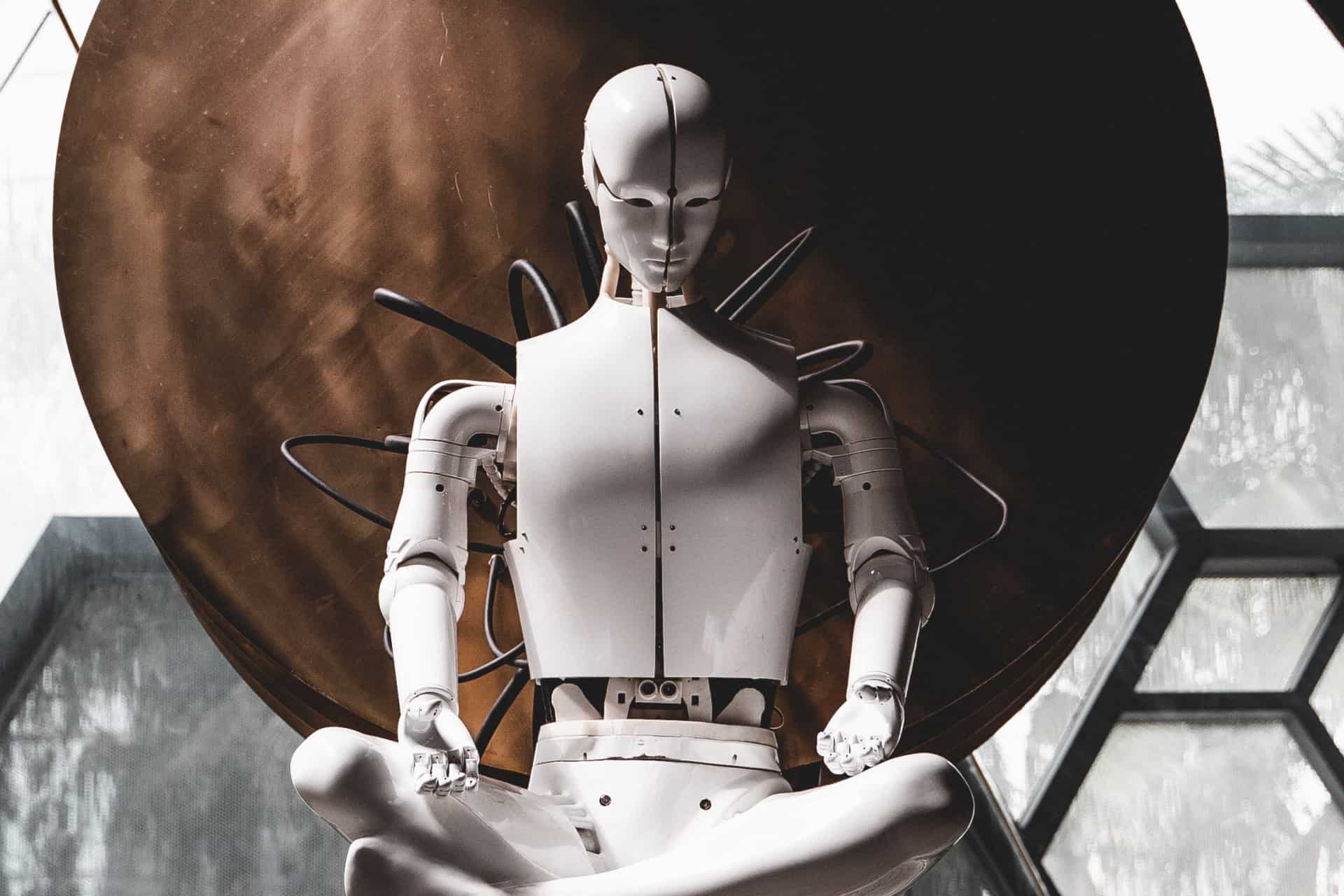
Introduction
Nvidia, a leading tech giant, recently unveiled its bold vision of a consumer-centric future where robotics and autonomous vehicles will play a transformative role. This transformative vision, if successfully executed, holds the potential to revolutionize various industries and redefine the way we live, work, and interact with technology.
The Fuel behind Nvidia's Vision
Nvidia's vision is primarily driven by advancements in artificial intelligence (AI) and deep learning, which power its graphics processing units (GPUs). These GPUs serve as the brains of autonomous systems, enabling them to perceive, understand, and navigate complex environments.
Robotics: A Path to Automation and Enhanced Productivity
Nvidia envisions robots as ubiquitous assistants, collaborating with humans to automate tasks, enhance productivity, and improve safety. The company is developing AI-powered robots that can perform complex tasks with precision and efficiency, ranging from manufacturing and healthcare to logistics and retail. These robots have the potential to transform industries by optimizing processes, reducing costs, and freeing up human workers for more creative and strategic endeavors.
Real-Life Examples:
- Boston Dynamics' Spot quadrupedal robot, powered by Nvidia GPUs, is used for safety inspections, data collection, and search and rescue operations.
- ABB's YuMi collaborative robot, also equipped with Nvidia technology, assists assembly line workers, increasing productivity and safety.
Autonomous Vehicles: A Vision of Safer and More Efficient Transportation
Nvidia's vision for autonomous vehicles is equally ambitious. The company believes that self-driving cars, powered by its AI platform Drive Orin, will revolutionize transportation, making it safer, more efficient, and more convenient.
Data Points:
| Year | Number of Self-Driving Cars Sold (Estimated) |
|---|---|
| 2025 | 20 million |
| 2030 | 60 million |
| 2035 | 100 million |
Real-Life Examples:
- Waymo's fully autonomous ride-hailing service, powered by Nvidia DRIVE AV software, is currently being tested in various cities.
- Tesla's Autopilot system, which utilizes Nvidia's AI chips, provides advanced driver assistance features and is constantly being improved through over-the-air updates.
Perspectives and Critiques
Nvidia's vision of a consumer-fueled future has generated both excitement and skepticism. Some experts hail it as a transformative force that will drive innovation and progress. Others express concerns about the potential impact on employment, data privacy, and ethical implications.
Positive Perspectives:
- Increased productivity and economic growth
- Enhanced safety and accessibility in transportation
- Creation of new jobs in AI and robotics industries
Concerns and Criticisms:
- Job displacement as robots and autonomous systems take over tasks currently performed by humans
- Data privacy and security risks associated with connected vehicles and robots
- Ethical dilemmas surrounding autonomous decision-making in critical situations
Conclusion
Nvidia's vision of a consumer-fueled future, where robotics and autonomous vehicles play central roles, holds both immense potential and significant challenges. While this vision promises to revolutionize numerous industries and improve our lives, it is imperative that we approach its implementation with careful consideration, addressing concerns about employment, privacy, and ethics. By proactively addressing these issues, we can harness the transformative power of AI and autonomous systems to create a future that benefits humanity as a whole.
Post a Comment